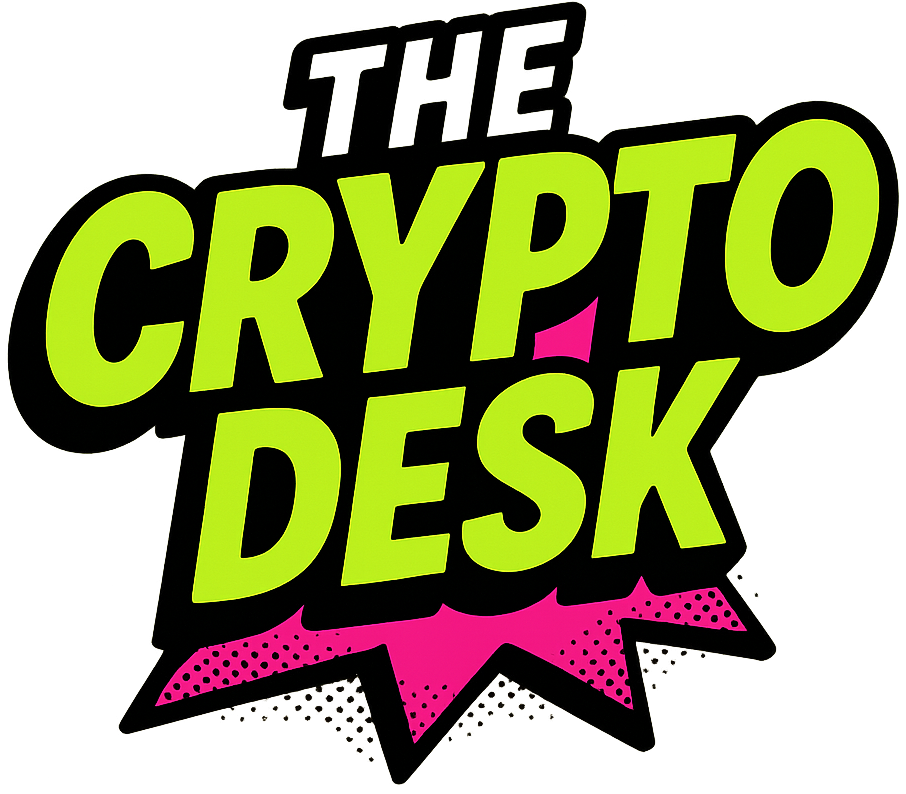Tether’s Potential U.S.-Only Stablecoin: A Game Changer in Crypto Regulation?
In a landscape where cryptocurrencies fluctuate wildly and regulatory scrutiny looms overhead, Tether—the issuer of the globe’s most-traded stablecoin—might be poised for a transformative leap. In a recent conversation with the Financial Times, Tether’s CEO Paolo Ardoino disclosed intriguing developments hinting at the possibility of launching a U.S.-only version of its stablecoin. This move hinges largely on favorable regulatory changes that could reshape domestic stablecoin development.
Understanding the Landscape: Why This Matters
The significance of Tether’s potential pivot cannot be overstated. Stablecoins, like Tether’s USDT, are digital currencies that are typically pegged to stable assets, such as the U.S. dollar. They serve as a vital bridge between traditional financial systems and the burgeoning world of cryptocurrencies. As Ardoino pointed out, the current U.S. administration recognizes stablecoins as fundamental tools for enhancing the financial ecosystem—potentially broadening the horizons for cryptocurrency utility and mainstream adoption.
But this isn’t just about Tether or stablecoins. The implications of a U.S.-only stablecoin reach into the very fabric of financial innovation. With over $144 billion worth of Tether tokens currently in circulation globally, creating a domestic product could enhance stability, offering American consumers a safer means of digital transactions amidst ongoing regulatory uncertainty.
A Glimpse into Regulatory Reforms on the Horizon
If the Trump administration indeed rolls out favorable regulations, Tether has hinted at launching a settlement-focused token catering specifically to the U.S. market. This approach could offer a competitive edge, allowing Tether to operate in an increasingly regulated environment that still champions innovation. Historically, Tether has faced intense scrutiny, with U.S. law enforcement linking its operations to international crime—a charge the company vehemently denies. However, Ardoino stated that Tether is proactively engaging with U.S. authorities, collaborating with agencies like the FBI and the Secret Service in a bid to enhance operational clarity.
The Evolving Regulatory Climate: A New Era for Crypto?
With Trump’s return to presidential office, the regulatory landscape is shifting dramatically. Since January, the administration has aimed to position the U.S. as the epicenter of the crypto world, advocating for new regulations concerning stablecoins by this coming August. Notably, the Securities and Exchange Commission (SEC) has relaxed enforcement actions, temporarily halting or terminating ongoing cases against various crypto enterprises. This softer regulatory climate has spurred Ardoino to explore the U.S. for the first time, potentially signaling a fresh era of collaboration between regulators and cryptocurrency firms.
The Road to Transparency: Tether’s Next Steps

As the market evolves, Tether is also striving for increased transparency. The firm has initiated discussions with Big Four accounting giants about conducting a thorough audit, a move long requested by critics. Currently, Cantor Fitzgerald handles Tether’s reserves, which are primarily composed of U.S. Treasury bills. The rising interest rates in the U.S. proved profitable for Tether last year, with the company reportedly raking in an impressive $13 billion in unaudited profit.
Engagement with Lawmakers: Shaping the Future of Stablecoins
Tether’s efforts extend beyond internal reforms; it is actively engaging with U.S. lawmakers to help craft coherent federal regulations for the stablecoin sector. Ardoino has confirmed discussions with Representatives Bryan Steil and French Hill, key figures associated with the STABLE Act introduced earlier this year. Their collaboration could pave the way for a more defined legal framework around stablecoins, potentially benefiting users and innovators alike.
The Future Outlook: What Lies Ahead for Tether and Stablecoins?
As we navigate this evolving narrative, the future of Tether and stablecoins at large hangs in the balance. With Federal Reserve Chair Jerome Powell recently expressing support for a regulatory framework in a Senate hearing, it seems that the groundwork is being laid to support stablecoin innovation while simultaneously protecting consumer interests. But what will this mean for existing players in the space?
For Tether, a U.S.-only stablecoin could grant it newfound legitimacy and operational scope within a supportive regulatory framework. Whether this regulatory environment will actually manifest remains to be seen, but one thing is clear: the push for clearer guidelines and engagement is stronger than ever. The crypto community watches closely, awaiting a possible regulatory renaissance that could redefine the financial landscape as we know it.
Conclusion: Join the Conversation!
Tether’s potential U.S.-only stablecoin venture is not just a business decision; it’s a strategic move that could signify a shift in how stablecoins function within the regulatory landscape. As Tether navigates this intricate landscape, we invite you to share your thoughts: What do these developments mean for the future of cryptocurrencies? Are you in favor of increased regulation, or do you believe it stifles innovation? Engage with us in the comments below!

